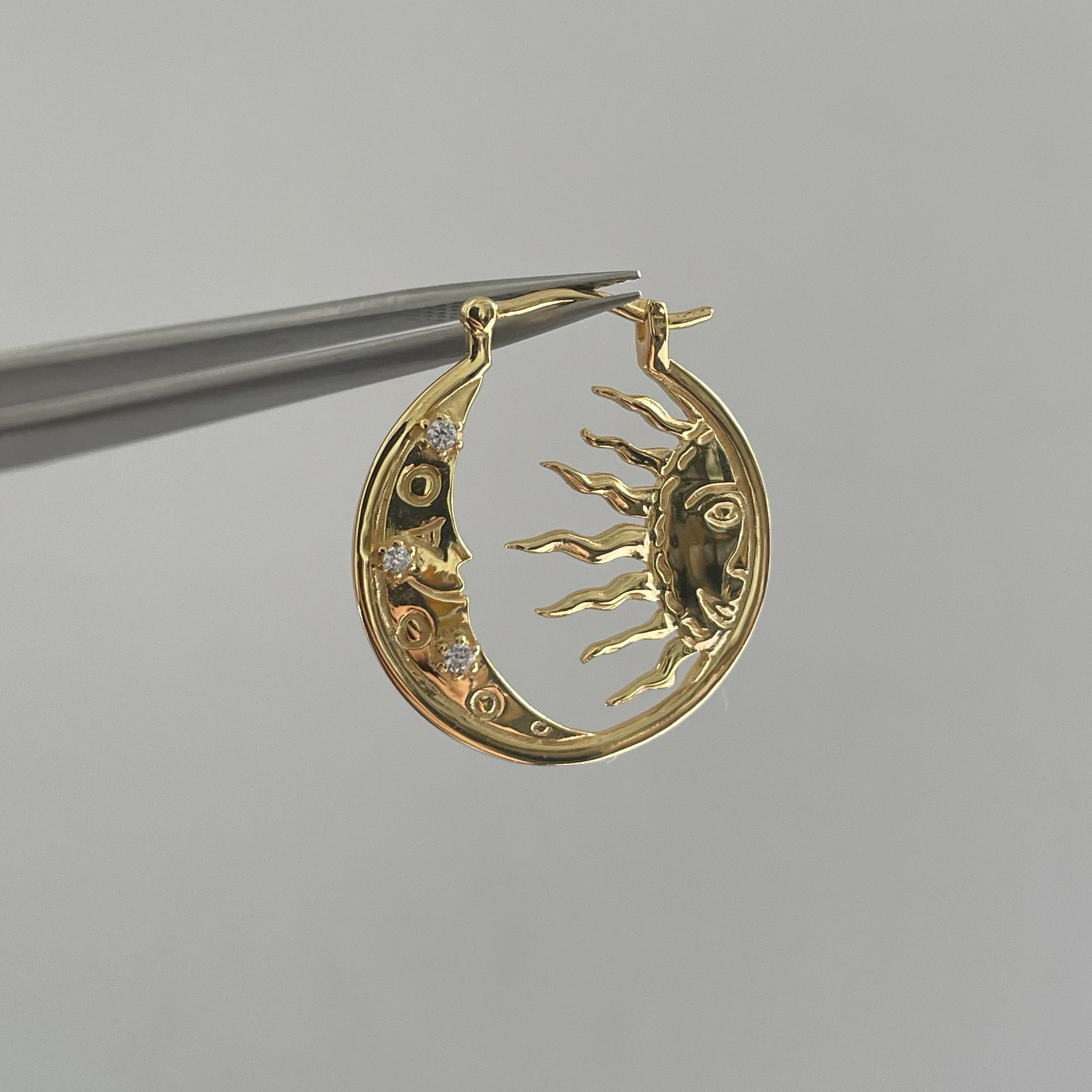When it comes to fashion jewelry, especially earrings, the construction of the post (the stick that goes through the ear)plays a critical role—not just in functionality, but also in customer comfort, quality perception, and long-term brand trust.
There are three common approaches to earring post design in alloy-based manufacturing. While these differences may not be obvious to end customers at first glance, they are highly important for brand owners aiming for consistent quality and customer satisfaction.

1. The Lowest-Cost Approach (Circled in Red)
Brass body + brass post, plated together.
This method is driven by cost-efficiency. Both the earring body and post are made of brass, and the entire piece is plated after assembly, creating a uniform surface finish.
However, this approach has a serious drawback: alloy-based posts often cause allergic reactions in wearers, especially those sensitive to nickel or copper. Despite looking fine visually, this method poses a high risk of customer complaintsand product returns due to skin irritation.
2. A Semi-Responsible Shortcut (Circled in White)
Brass body + sterling silver 925 post, welded after plating.
This method attempts to balance quality and cost. The body is made of brass for its design flexibility and affordability, while the post is upgraded to sterling silver 925, which is hypoallergenic and safer for sensitive ears.
However, to reduce plating costs, the post is often attached after plating. This creates a functional product, but the final result often shows a noticeable color mismatch between the body and post—a detail that can undermine the perceived quality of your design.


3. The Professional Standard (Circled in Blue)
Brass body + sterling silver 925 post, assembled and then plated together.
This is the recommended approach for brands that prioritize quality. The post and body are fully assembled before plating, allowing for a consistent finish and hypoallergenic contact point for the wearer.
While plating mixed materials is technically more complex and costly—it requires masking, selective pre-treatment, and precise execution—it ensures the product meets both aesthetic and functional expectations. This method reflects care, expertise, and brand integrity.
Final Thought: Quality Is in the Details
In jewelry manufacturing, the smallest design choices often carry the greatest impact. The post construction may be a minor component, but it defines wearer experience, product quality, and long-term customer trust.
As a professional manufacturer, we pay attention to these subtle but crucial decisions—because that’s what sets a premium product apart.
